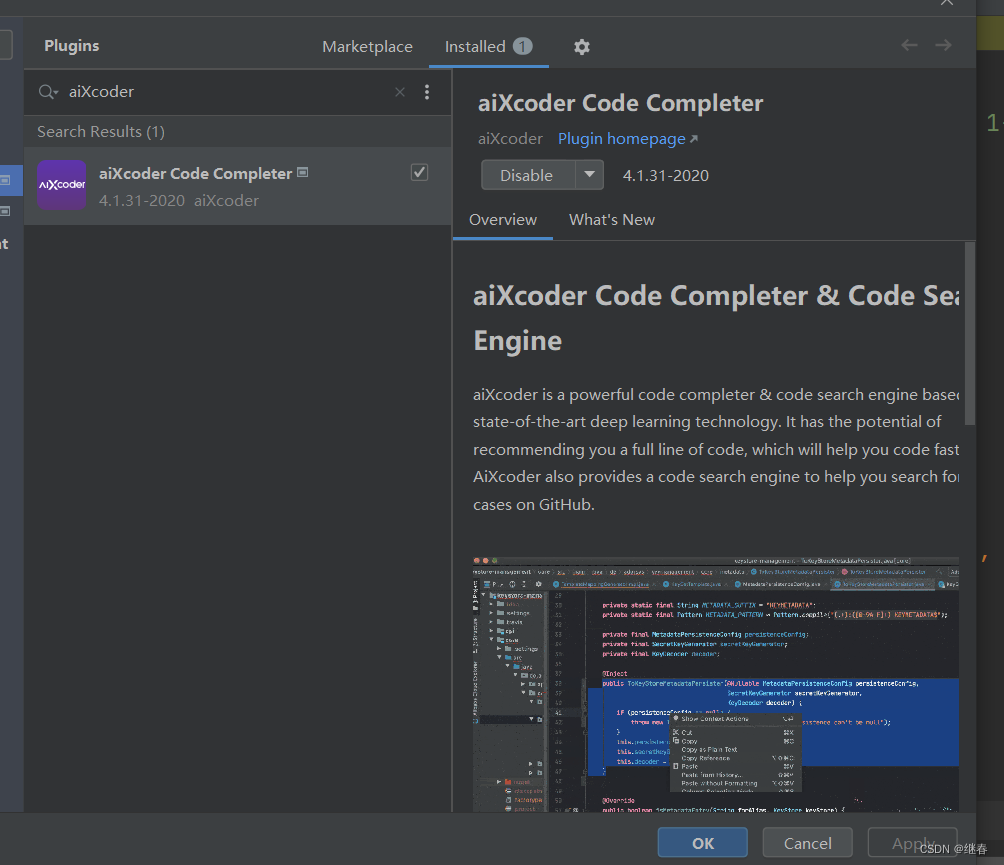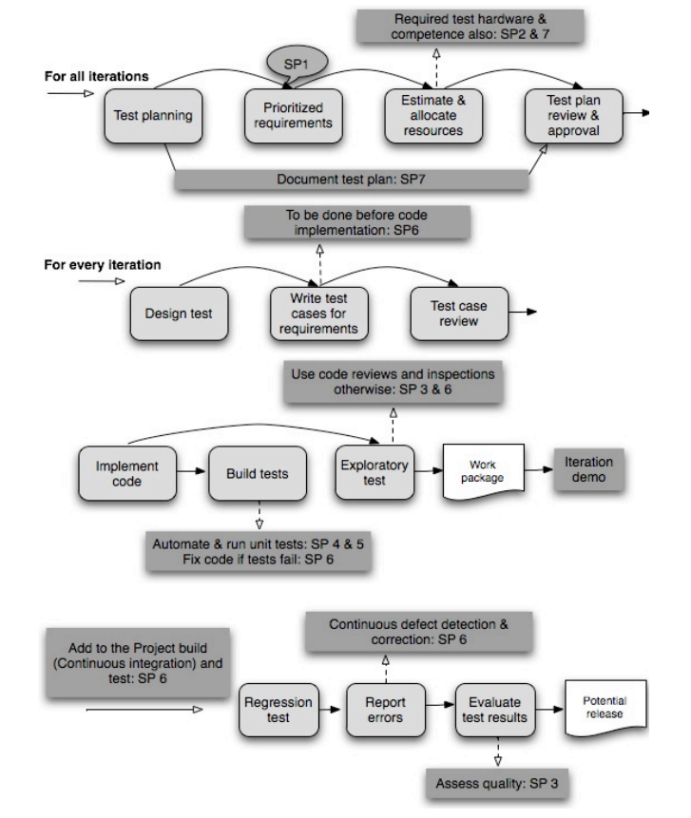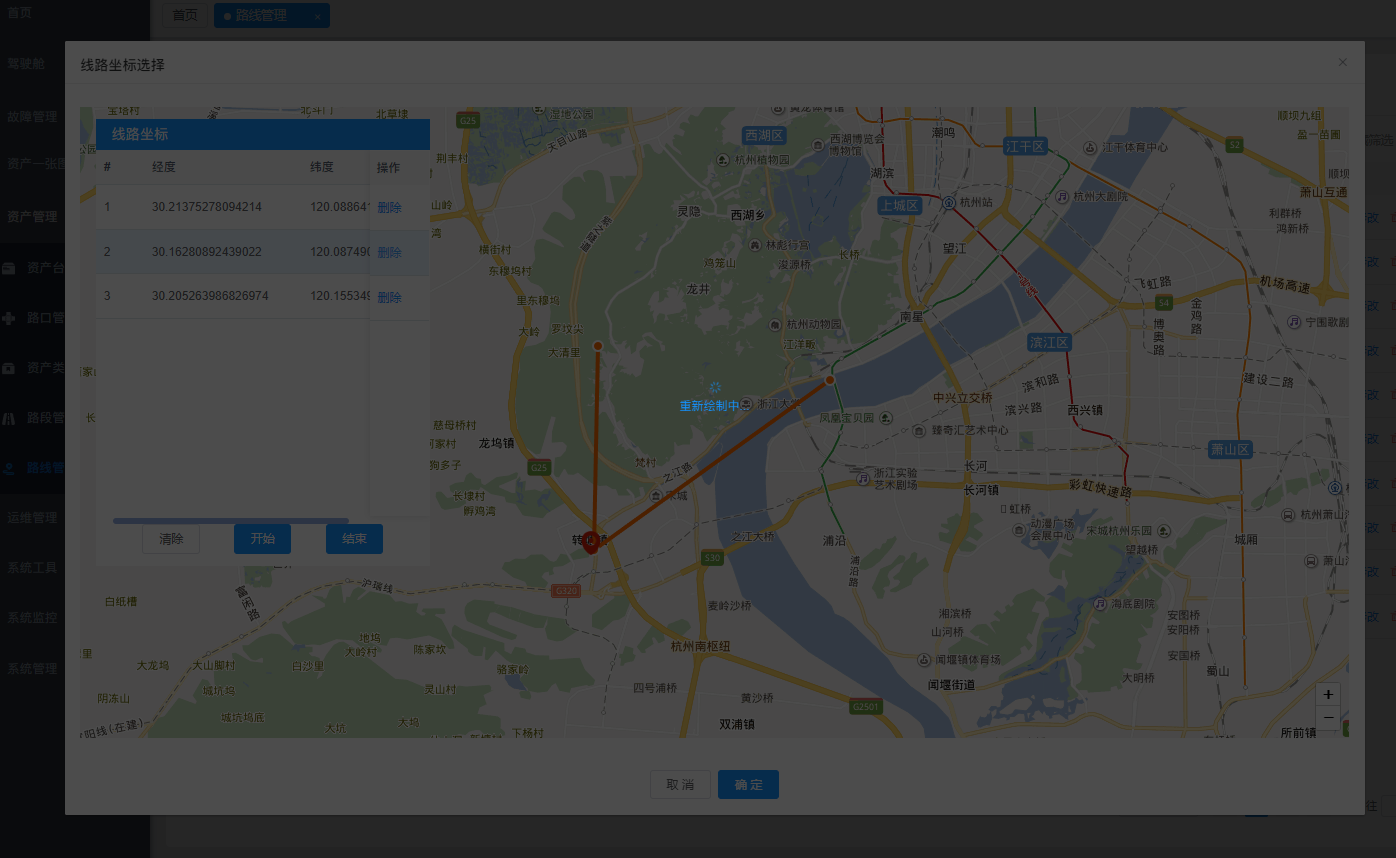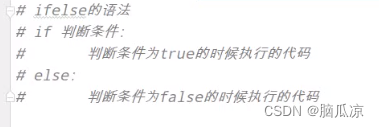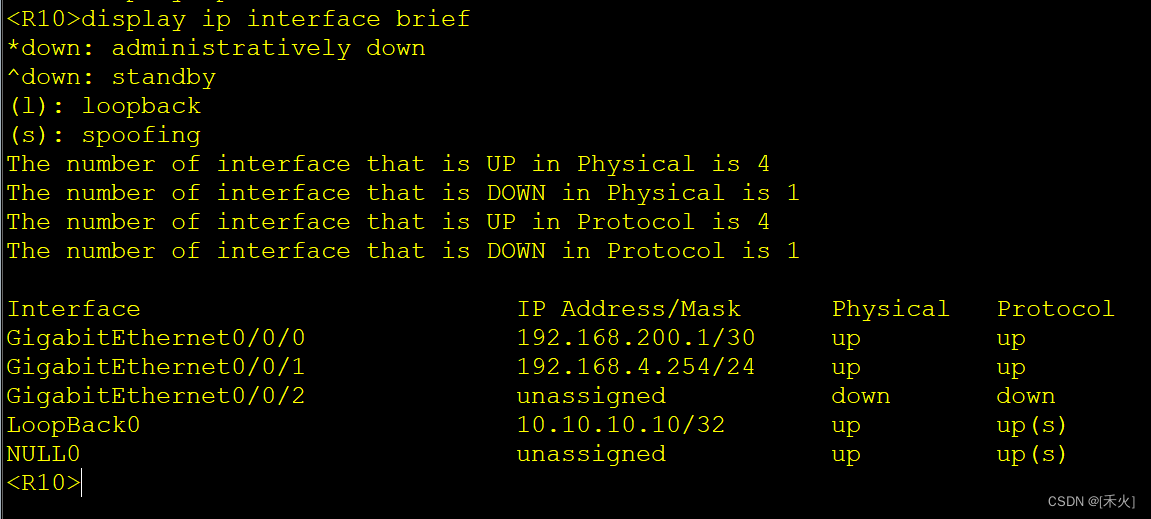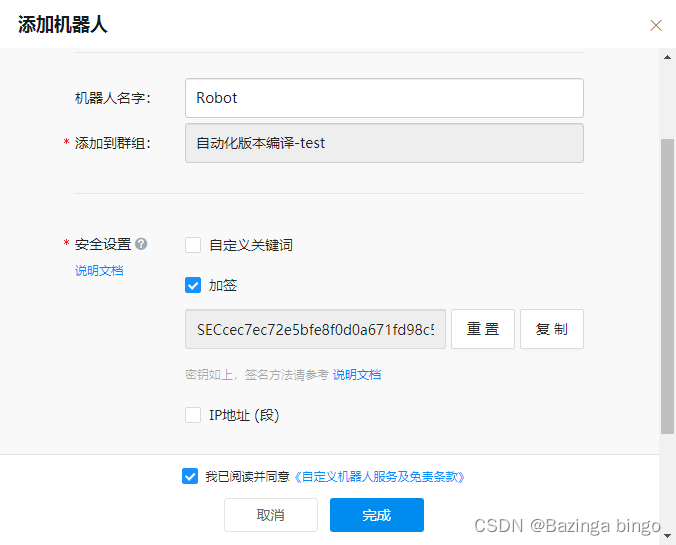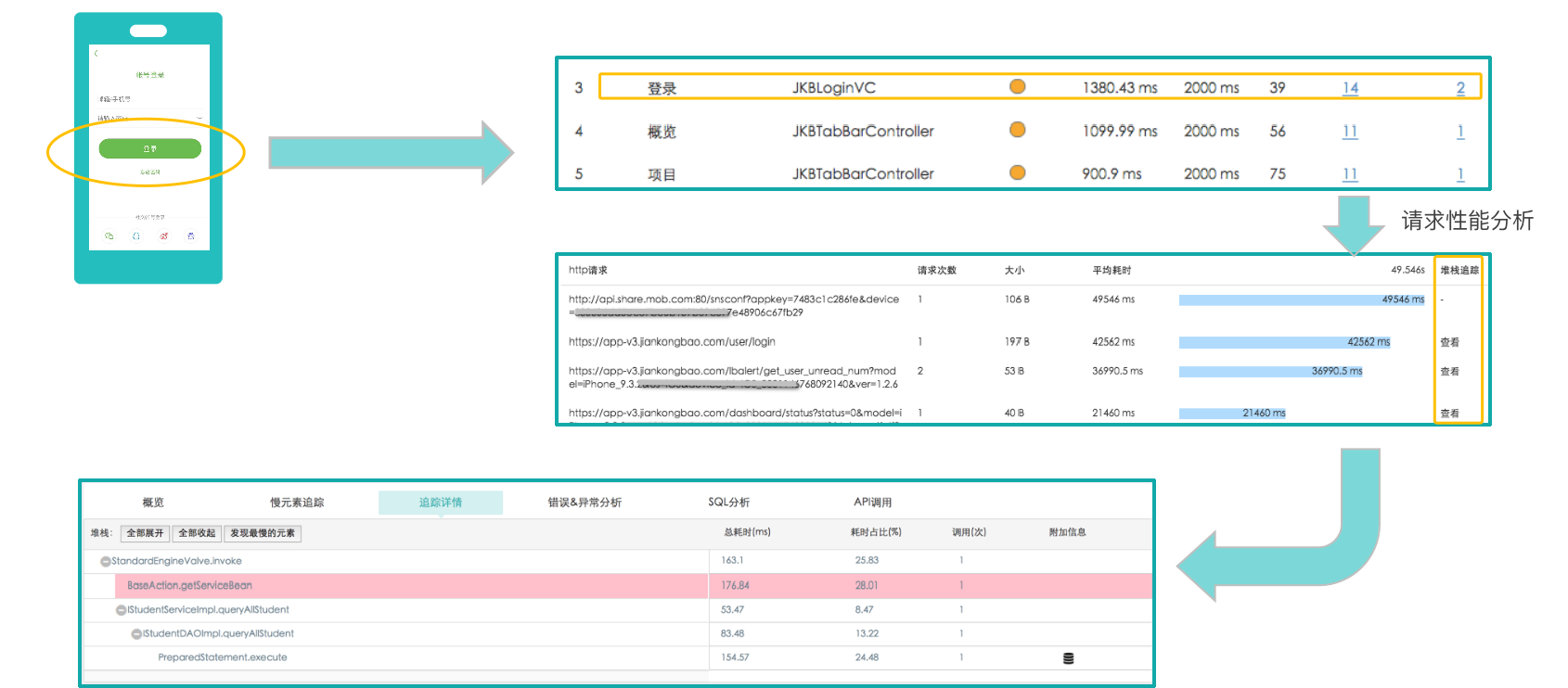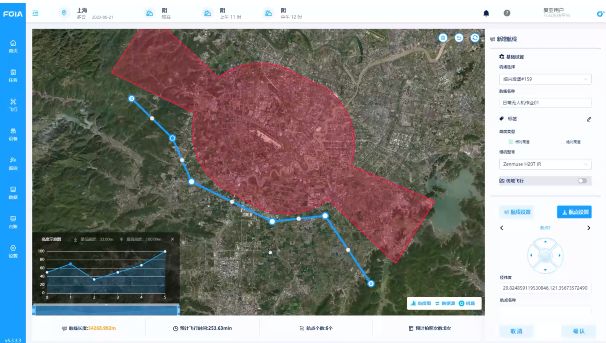前言:多媒体自动评论生成旨在通过使用生成模型,对给定上下文生成符合情境的评论,近年来,随着图像描述等跨模态工作取得较大突破,相关研究也逐渐展开。评论作为社交平台互动的重要组成部分,在引导舆论、提升用户体验等方面发挥重大作用。现有的多媒体自动评论生成研究工作相对有限,下面对其进行介绍。
目录
- 检索式图像自动评论(Search-based Automatic Image Commenting)
- 生成式图像自动评论(Generative Automatic Image Commenting)
- 视频弹幕自动生成(Automatic Live Video Commenting)
- 未来研究方向
检索式图像自动评论(Search-based Automatic Image Commenting)
[1]- Predicting Viewer Affective Comments Based on Image Content in Social Media (ICMR, 2014) National Taiwan University, Chen et al.
[2]- Assistive Image Comment Robot—A Novel Mid-Level Concept-Based Representation (TAC, 2015) FX Palo Alto Laboratory, Chen et al.
如下图,Chen等[1,2]提出使用贝叶斯概率模型,在分析图像情感的前提下,通过预测阅读者的情感反应,在此基础上提出为图像生成评论的模型。给定一张测试图像及其元数据,首先评估该图像的发布者情感因素(PAC),然后从训练集中选取和该测试图像具有相似PAC的图像,选取其对应评论构建候选评论池。通过计算评论与测试图像的向量内积,选取得分较高的评论进行回复。

如下图所示,自动评论能够较好贴合图像内容,但 (c ), (d)中的自动评论明显与图像不符,如出现错误的目标和动作等。

[3]- Object-Based Visual Sentiment Concept Analysis and Application (MM, 2014) Columbia University, Chen et al.
为解决工作[1,2]中生成评论含有错误目标和动作的问题,工作[3]将目标检测加入模型,使用传统目标检测方法DPM检测出测试图像中的目标。

基于目标检测的评论生成提升了评论的质量,如下图所示。

[4-1]- Share-and-Chat: Achieving Human-Level Video Commenting by Search and Multi-View Embedding (MM, 2016) Sun Yat-sen University, Li et al.
[4-2]- Video ChatBot: Triggering Live Social Interactions by Automatic Video Commenting∗ (MM, 2016) Sun Yat-sen University, Li et al.
Li等[4-1,4-2]将评论生成任务迁移至视频领域。首先使用CNN获取视频特征表示,通过ANN搜索出相似视频,然后对相关评论进行动态排序,选取出合适评论,如下图所示。

[5]- See and chat: automatically generating viewer-level comments on images (Multimedia Tools and Applications, 2019) Sun Yat-sen University, Chen et al.
Chen等[5]首先使用CNN获取图像表征信息,然后使用KNN,根据这些特征信息筛选出与测试图像相似的图像,然后使用Ranking典型相关分析(RCCA)对候选评论进行排序,如下图所示。使用 Flickr API构建数据集,并从图文相关性、评论感情强度和评论长度等方面对数据进行后处理。 数据集划分比例为:400K, 25K, 1K张图像。

生成式图像自动评论(Generative Automatic Image Commenting)
[6]- Auto Image Comment via Deep Attention (ICIVC, 2017) Jiangxi Normal University , Shi et al.
Shi等在[6]中首次提出生成式图像评论模型,如下图,该模型使用Encoder-Decoder框架,CNN+LSTM组合模型,结合注意力机制,生成适合的评论短语。

[7]- Neural Visual Social Comment on Image-Text Content (IETE Technical Review, 2020) Shanghai University, Yin et al.
Yin等[7]将输入的图像及其文字结合,融合多模态信息生成评论,采用新浪微博爬取的帖子作为数据集,每条样本包括帖子的文本和零至多张图片,以及对应的评论信息。使用主题分类模型用于生成评论与真实评论,构建感知损失,将其与MLE损失进行比较。该工作的创新之处在于,使用主题分类模型,使得生成的评论主题与原始评论相同但又不失多样性。

[8]- Explainable Outfit Recommendation with Joint Outfit Matching and Comment Generation (TKDE, 2020) Shandong University, Lin et al.
Lin等[8]通过使用CNN提取图像特征,然后采用GRU和跨模态注意力机制为服装生成自然的评论,如下图所示。

[9]- An Image Comment Method Based on Emotion Capture Module (ICFTIC, 2021) Beihang University, Li et al.
Li等[9]首先使用 GAN 生成图像描述,然后使用文本风格迁移与文本改写间接生成评论。首先借鉴现有图像描述数据集,使用文本编辑方法打造图像评论数据集 。然后将目标域设置成评论数据库,学习评论的语言风格,通过对描述进行改写生成评论,如下图所示。

视频弹幕自动生成(Automatic Live Video Commenting)
随着短视频社交软件的普及,一些研究者陆续开展视频弹幕生成相关研究工作。下面对几个代表性工作进行介绍。
[10]- LiveBot: Generating Live Video Comments Based on Visual and Textual Contexts (AAAI, 2019) Beijing University, Ma et al.
本文出自北大孙栩老师课题组,是第一篇提出视频弹幕生成这一任务的文章。Ma等提出两个处理此任务的baseline模型,分别是:层级结构的Fusional RNN 和线性结构的 Unified Transformer,如下图所示。
开源代码:https://github.com/lancopku/livebot

[11]- VideoIC: A Video Interactive Comments Dataset and Multimodal Multitask Learning for Comments Generation (MM, 2020) Renmin University of China, Wang et al.
本文出自中国人民大学进琴老师团队,采用多任务学习方法,使用 Transformer 和 LSTM 分别提取图像的局部和全局特征;使用 Bi-LSTM 提取文本特征;送入基于 Transformer 的编码器中进行多模态特征整合,然后分别计算生成损失与上下文判别损失,整体框架图如下。
开源代码:https://github.com/AIM3-RUC/VideoIC

[12]- PLVCG: A Pretraining Based Model for Live Video Comment Generation (PAKDD, 2021) Chinese Academiy of Sciences, Zeng et al.
[13]- Knowing Where and What to Write in Automated Live Video Comments: A Unified Multi-Task Approach (ICMI, 2021) University College Dublin, Wu et al.
[14]- Sending or not? A multimodal framework for Danmaku comment prediction (IPM, 2021) Chinese Academiy of Sciences, Xi et al.
未来研究方向
综上所述,多媒体自动生成式评论仍有很大的研究空间。个人感觉,以下几个研究方向有待探索。(1)为确保评论对象符合图像内容,考虑加入目标检测模块,实现针对图像局部的细粒度评论。(2)添加情感模块,确保生成的评论与原始评论情感步调一致。
参考文献
- [1] Y.Y. Chen, et al.Predicting Viewer Affective Comments Based on Image Content in Social Media, ICMR, 2014.
- [2] Y.Y.Chen, et al. Assistive Image Comment Robot—A Novel Mid-Level Concept-Based Representation, IEEE TRANSACTIONS ON AFFECTIVE COMPUTING (CCF-B), 2015.
- [3] T. Chen, et al. Object-Based Visual Sentiment Concept Analysis and Application, ACM Multimedia, 2014.
- [4] Li et al. Share-and-Chat: Achieving Human-Level Video Commenting by Search and Multi-View Embedding. ACMMM, 2016.
- [5] J.W. Chen, et al. See and chat: automatically generating viewer-level comments on images. Multimedia Tools and Applications, 2019.
- [6] J.H. Shi, et al. Auto Image Comment via Deep Attention. IEEE 4th International Conference on Image, Vision and Computing (ICIVC), 2017.
- [7] Y. Yin, et al. Neural Visual Social Comment on Image-Text Content, IETE Technical Review, 2020.
- [8] Y.J. Lin, et al. Explainable Outfit Recommendation with Joint Outfit Matching and Comment Generation. TKDE, 2020.
- [9] Q. Li, J. Yin and Y. Wang, An Image Comment Method Based on Emotion Capture Module, 2021 IEEE 3rd International Conference on Frontiers Technology of Information and Computer (ICFTIC), 2021, pp. 334-339.
- [10] Ma et al. LiveBot: Generating Live Video Comments Based on Visual and Textual Contexts, AAAI, 2019.
- [11] Wang et al. VideoIC: A Video Interactive Comments Dataset and Multimodal Multitask Learning for Comments Generation, MM, 2020.
- [12] Zeng et al. PLVCG: A Pretraining Based Model for Live Video Comment Generation, PAKDD, 2021.
- [13] Wu et al. Knowing Where and What to Write in Automated Live Video Comments: A Unified Multi-Task Approach, ICMI, 2021.
- [14] Xi et al. Sending or not? A multimodal framework for Danmaku comment prediction, IPM, 2021.




